Sweetgrass, regarded as a sacred purification plant by indigenous people around the world, is a hardy, perennial grass that deserves a special spot in your homestead landscape if you are serious about cultivating medicinal plants.
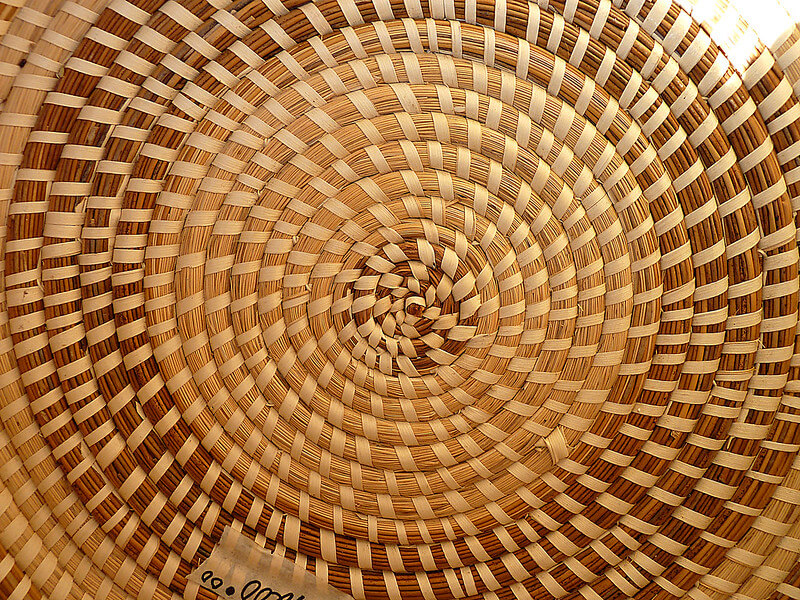
Many consider tobacco, cedar, sweetgrass, and sage to be the four most powerful healing plants. Native to Eurasia and much of North America, the sweetgrass plant symbolizes growth and the cycle of life. The name, Hierochloe odorata, literally means “fragrant holy grass” and the vigorous, energetic plant has been regarded as holy, protected, and sacred worldwide everywhere it has been cultivated and reverently harvested.
Sweetgrass is used to carry prayers, for smudging, as incense, and for inclusion in protective amulets and sacred medicine bags.
Native American cultures refer to sweetgrass as “the grass that never dies.” The aromatic plant retains its scent and spirit long after it is cut and dried. When moistened or burned, the intriguing perfume of the plant returns with full intensity. I love the pungent, vanilla-like smell of sweetgrass and have a thick braid hanging on my bedroom wall to attract good vibes and positive energy.
Sweetgrass Basketry and Crafts
Sweetgrass, also known as vanilla grass, Mary’s grass, buffalo grass, bison grass, bluejoint, Seneca grass, or holy grass, is used in the construction of coiled as well as woven baskets and braids. Hang a braid in the closet or stash it in a drawer with winter woolens to ward off moths and to keep clothes smelling fresh.
Sweetgrass is fast becoming an integral ingredient in a variety of New Age healing modalities and in the herbal healing sciences. I am presently gathering materials for making smudge sticks. Sweetgrass, when combined with other healing herbs, creates a relaxing, cleansing, warm fragrance when burned in a smudging ritual or as a mind-calming incense.
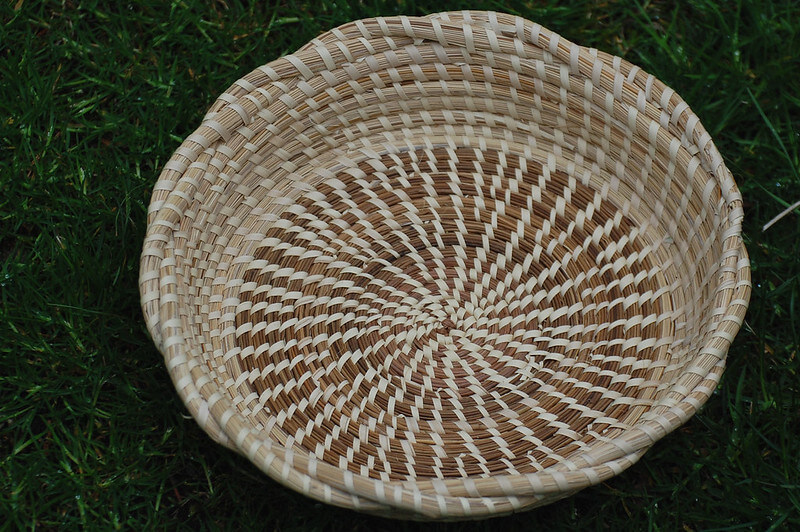
If you are as intrigued with basketry and weaving as I am, sweetgrass is a wonderful natural material to incorporate into your projects. Sweetgrass is typically mixed with other materials such as birch bark or alder branches when formed into baskets.
NativeTech.org notes “Trudie Lamb Richmond (Schaghticoke) spoke to a Mohawk basket-maker not long ago and asked her how she felt about weaving sweetgrass into her baskets. Sweetgrass is used by her people in their ceremonies and, like tobacco, is believed to have great power. It was used long ago in ceremonial baskets and continued to be important even in those times when basketmaking became more material and less spiritual. She told me she had thought about this meaning, and that was why she always talked to her baskets as she made them. She said that she asked forgiveness for having to sell the baskets but that she needed the money to survive. Using the sweetgrass would keep the baskets strong and alive, and she hoped that the people who bought them would appreciate their significance. The basket weaver explained that she never picked the grass without making a tobacco offering. Her people believe that you have to give something for everything you take; even a tobacco offering is an acknowledgment. That is the old way, our way (McMullen & Handsman 1987).”
Healing Properties of Sweetgrass
Tender, young stems of sweetgrass are braided with bearberry and red willow, then dried for use in ceremonial pipe-smoking. Sweetgrass smoke is an essential element of healing or talking circles. Sweetgrass purifies thoughts, cleanses the environment, and eliminates negative or harmful energies. Inhaling sweetgrass smoke helps relieve congestion and coughing and soothes the pain of a sore throat.
Sweetgrass, when dried and used as a tea, is also useful for healing sores in the mouth, relieving the pain of a toothache, and reducing fever.
A word of caution: Sweetgrass has potentially toxic properties. Sweetgrass contains coumarin, an anticoagulant that gives the woody, herbaceous plant its characteristic sweet vanilla scent.
Growing Sweetgrass Can Be Highly Profitable
Many homesteaders, whether for commercial or personal use, wish to cultivate their own sweetgrass plot. Just one solidly cultivated, fertilized, and tended acre can produce up to 4,000 pounds or two tons of dried leaves or approximately 40,000 braids.
The current wholesale price of a wildcrafted sweetgrass braid is $2. Do the math. A single acre can produce $80,000 worth of braids per year, making sweetgrass one of the world’s highest-value legal field crops. Sweetgrass presents the potential for producing a substantial additional part-time homestead income.
How to Grow a Sweetgrass Garden
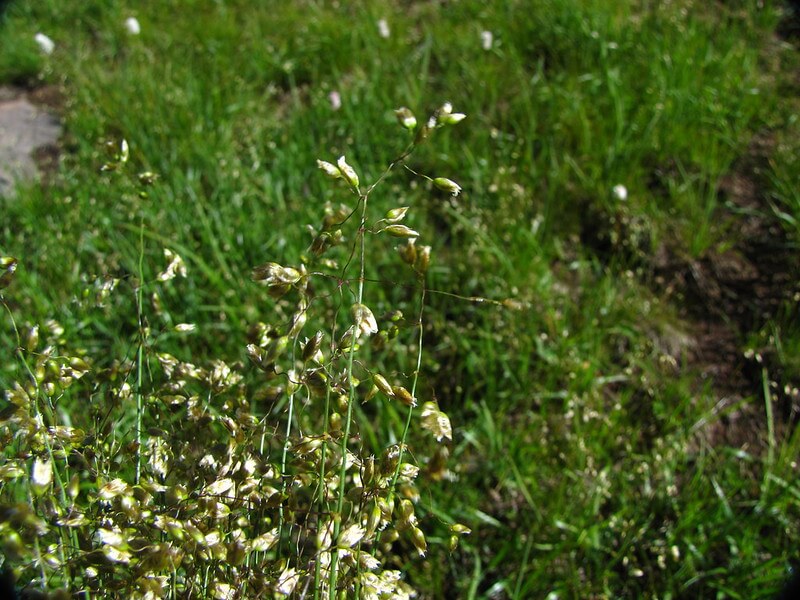
Choose an area in the homestead landscape where it can spread naturally. If you have the space, keep in mind that once planted, Sweetgrass, due to its extensive root system, is difficult to remove, and the area allocated will be permanently dedicated to sweetgrass production.
EcoSeeds.com advises “Since the sweetgrass plant is clonal, spreading via its root system, means that sweetgrass plants may be among the oldest living organisms on the planet, perhaps each plant 100,000 plus years old, to tens of millions of years old, making the individual plant nearly immortal. When you replant sweetgrass in wildland areas on your property, you are planting for the ages.”
If you are limited in space or only wish to grow a small amount of sweetgrass for personal use, sweetgrass adapts well to container planting. Some varieties of sweetgrass, when planted in hanging containers, develop graceful stems over 40 inches long.
The deep, creeping rhizomes of the sweetgrass plant spread vigorously, producing fruiting stems with small, short leaves, followed by long leaves that develop from basal offshoots. The slender, aromatic stems grow up to 30 inches tall from tough, creeping rhizomes. The leaves are rough-edged with a hairless, shiny underside. Stems are a deep purplish color at the base.
Sweetgrass presents tiny, inconspicuous cream-colored flowers from June through August. The stems wilt and shrivel soon after flowering. Although sweetgrass is also produced by seeds, seeds are typically infertile. A plot started from seed will take years to produce, while a plot started with plugs will produce within a few months.
Preparing the Soil
Sweetgrass occurs naturally in low prairies, along shaded streambanks, in bogs, sloughs, near lakeshores, and in cool mountain meadows and marshes. Sweetgrass requires medium-wet soil. The fragrant grass grows best in rich, loose soil with at least six hours of sunlight daily.
Sweetgrass is winter hardy, even in the Arctic. A cool-season circumboreal grass, sweetgrass flourishes throughout Europe, Asia, and North America. Sweetgrass is found growing wild throughout the United States plant hardiness zones 1 through 7.
Choose an open, sunny location away from other crops. Because sweetgrass puts down solid, deep roots, the plant is an excellent choice for stabilizing a bank or controlling erosion along a ditch line. Sweetgrass rhizomes form a thick, dense mat beneath the soil surface and can be a useful landscape tool when correctly used in the overall homestead landscape management plan.
Plugs for Planting
Harvest wild sweetgrass plugs for planting or purchase plugs or plants online or from your local landscape nursery. When harvesting in the wild, always cut sweetgrass leaves. Do not pull the grass up by its roots. Respect the sacred plant, leaving the roots so the plant can grow the following season again.
Planting Sweet-Smelling Sweetgrass
Cultivate the soil to break up dirt clods, removing rocks, roots, and debris. Add a generous application of organic fertilizer such as well-matured manure from herbivores: cows, pigs, goats, horses, chickens, lamas, sheep. Work into the soil and water well.
Separate plugs for planting from the individual rhizomes of a spreading parent plant. Place newly separated rhizomes in fertile topsoil in 8- inch pots. Place pots in the shade for a few weeks while new roots are established before planting in your sweetgrass plot. Keep rhizomes moist but not overly wet during the root development period.
Plant sprouting plugs a foot apart. Keep sweetgrass plugs evenly moist as new roots develop. Sweetgrass is an extremely tough plant. The only thing that kills sweetgrass is drought, so keep the soil moist until plants are well-established and spreading.
Weed and Feed
Weed your homestead sweetgrass plot twice a year. Do a spring weeding early in the season when it is easy to tell sweetgrass from other weeds and grasses. Weed again in midsummer.
Fertilize sweetgrass plants monthly during the growing season, especially if you are frequently cutting during midsummer. Apply approximately 5 pounds of organic fertilizer per every 100 square feet harvested. Remember to make a tobacco offering when you harvest sweetgrass.
How to Harvest Sweetgrass
Allow your sweetgrass plot to grow through the second season before cutting. Expect to harvest enough material for 1 to 3 braids per square foot. Although sweetgrass can be cut at any time, midsummer is the best time to harvest. Sweetgrass loses it fragrance after a frost, so harvest early. A solid, well-developed sweetgrass plot will yield approximately a pound of dried leaves (or about 40 braids) from a 12-foot square patch.
When harvesting, grasp a clump of sweetgrass leaves firmly near the soil and simply cut the stems away from the root. The easiest way to dry sweetgrass is to lay it on newspapers in the sun. Stack sweetgrass no thicker than an inch and turn once an hour until dry. On a warm, low-humidity day, leaves will dry for storage within 4 to 6 hours. Braid sweetgrass when nearly dry when it is still pliable and soft.
Store dried sweetgrass in extra-large plastic storage bags to retain freshness and fragrance.
References:
- NativeTech – Uses for Sweetgrass: http://www.nativetech.org/plants/sweetgrass.html
- Sea Grant – New York – Sweetgrass: https://nsgl.gso.uri.edu/nysgi/nysgih00004.pdf
- EcoSeeds – Sweetgrass: https://www.ecoseeds.com/sweetgrassinfo.html#anchor586968

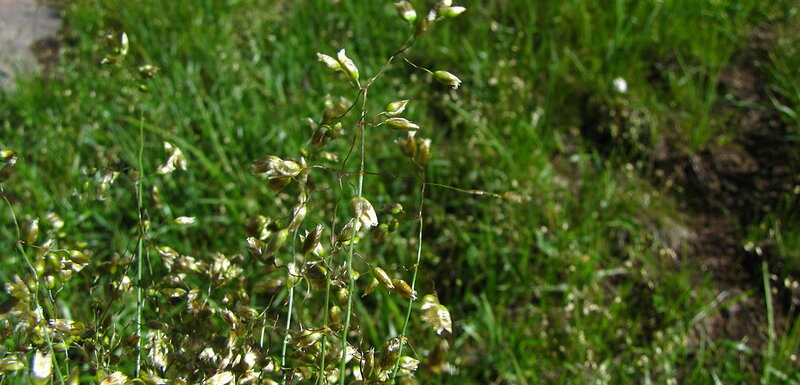


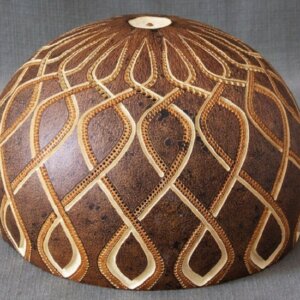




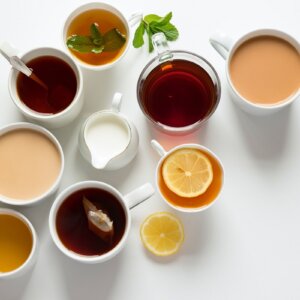



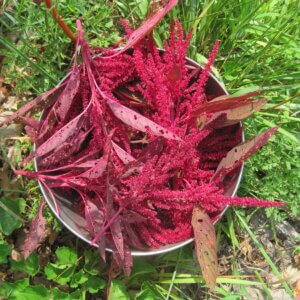

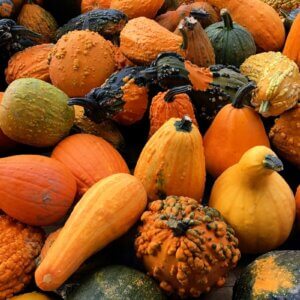

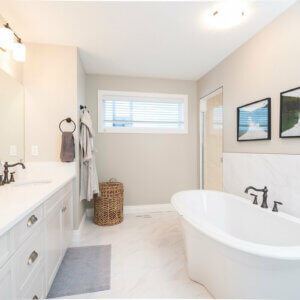
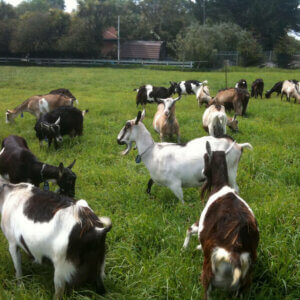
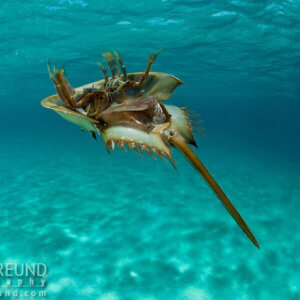

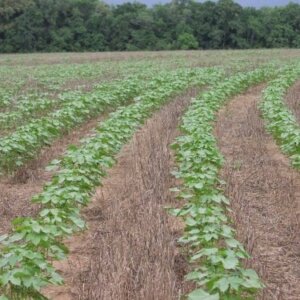
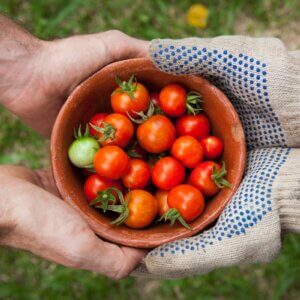

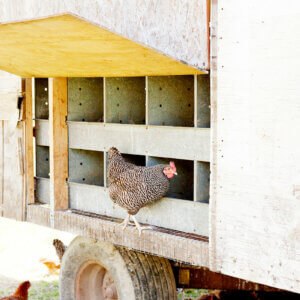


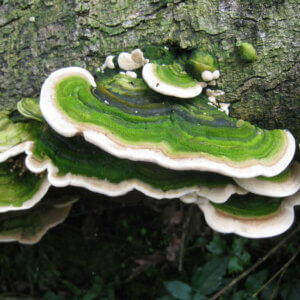

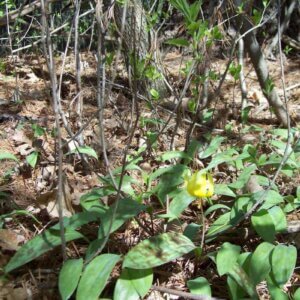
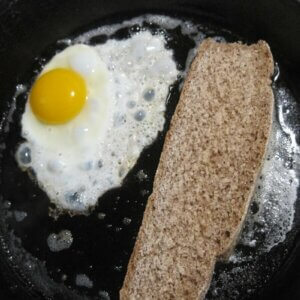


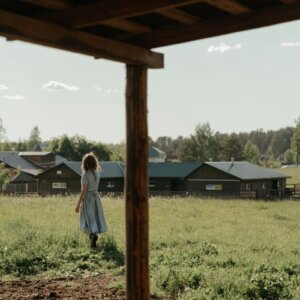


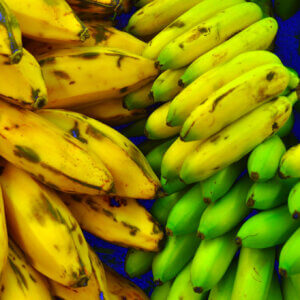
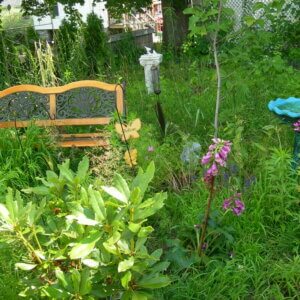
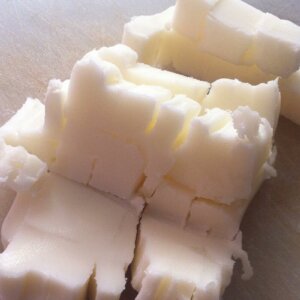
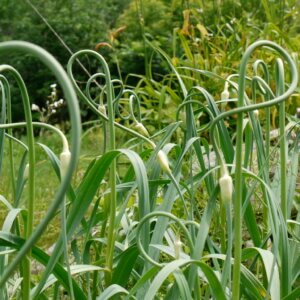
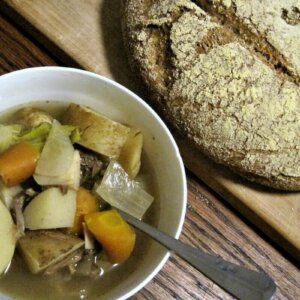

Leave a Reply